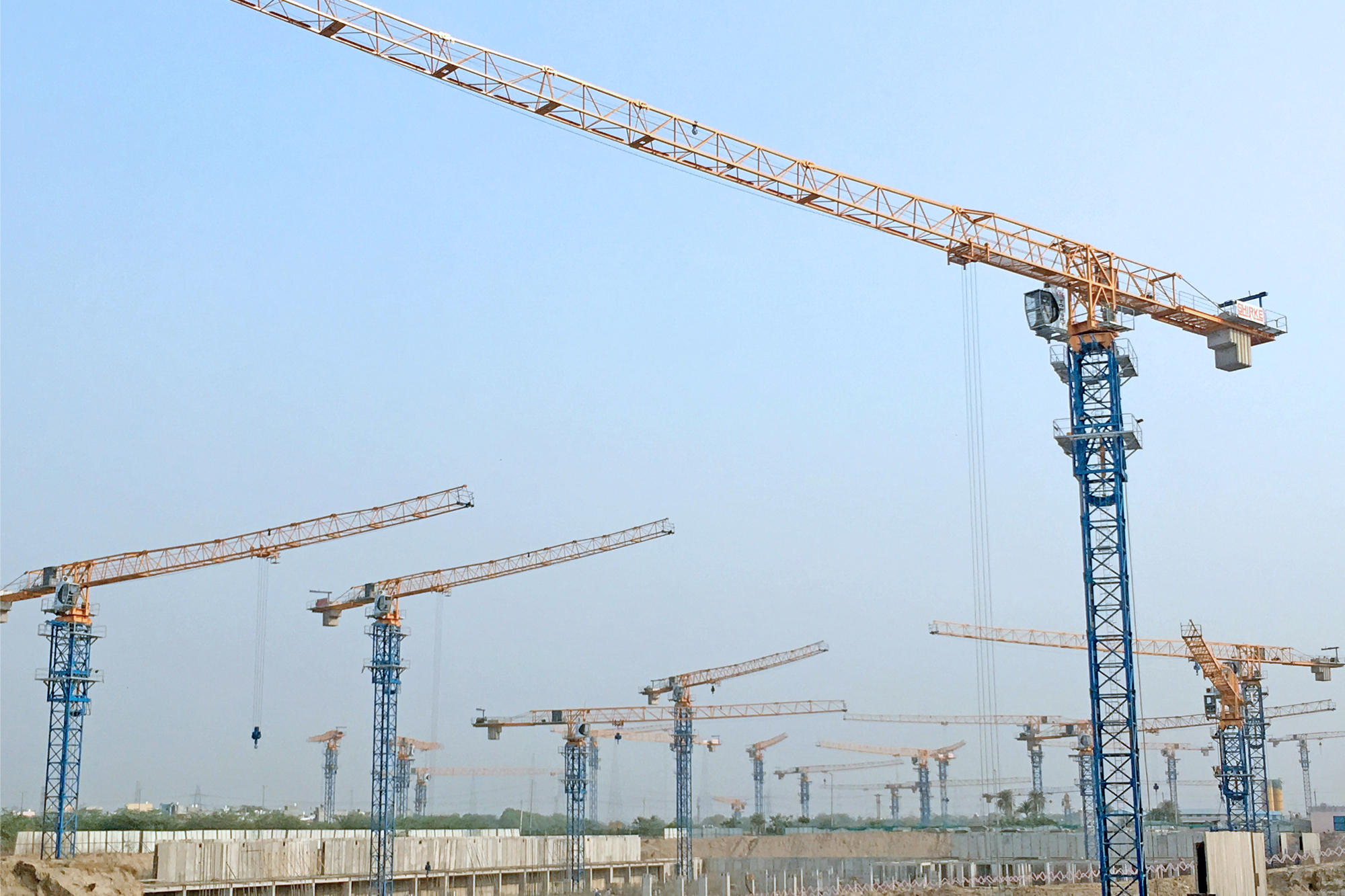RMC market to grow by 15 percent in 2027
By Edit Team | January 4, 2023 4:18 pm SHARE

The building materials industry experienced a rebound in 2022. The emphasis on infrastructure development, combined with the rush to acquire real-estate assets, aided the industry’s strong recovery. The building material industry recovered and returned to pre-covid levels. In 2022, the industry is expected to grow by 10 percent. As we approach 2023, the industry shows no signs of slowing down, but rather is on the verge of significant growth. Growth in the building materials sector is critical for the overall economy because it accounts for nearly 9 percent of our country’s GDP and employs over 51 million people.
According to the Infrastructure and Project Monitoring Division of the Ministry of Statistics and Program Implementation (MoSPI), the country had 1,559 projects worth INR 26.7 trillion ($352.3 billion) in the pipeline as of May 1, 2022. While some of those may have neared completion, because they are large projects, they are still in the pipeline, indicating a huge opportunity for the building materials industry. Another important factor contributing to the momentum is the increase in residential and commercial real estate. The year 2023 is expected to see a significant increase in new projects across the country, increasing demand for building materials. Even today’s millennials consider a home to be a necessity and a source of long-term security. Even the luxury home market has become more appealing as a result of the pandemic. This may necessitate the use of high-quality, durable building materials. Furthermore, the growing awareness among both corporations and individuals to adopt a greener way of life is boosting the sector. In 2023, the industry is expected to grow by double digits.
Ashwin Reddy, Managing Director, Aparna Enterprises added, “The Govt’s vision to be a $ 5 trillion economy and the resultant investments in infrastructure is a key factor driving the growth of the sector. Be it the National Infrastructure Pipeline (NIP), Pradhan Mantri Gati Shakti National Master Plan; the impact on building material industry looks optimistic. From a sub-sector point of view, RMC, uPVC window and door systems, Tiles and manufactured sand are expected to be the biggest gainers as more and more customers are looking for alternates that reduce the usage of natural resources. For instance, manufactured sand or robo sand is a very good alternate for river sand and adoption of this helps in reducing mining of sand for construction. Similarly uPVC window and door system is a good alternate for wooden window and doors.”
The industry has enormous market potential; however, realising this opportunity will necessitate a concerted effort from all stakeholders, including the government. The RMC market in India is currently valued at USD 25 billion and is expected to grow by more than 15 percent over the next four years. uPVC is not far behind, with demand expected to rise 11 percent per year to a $7.3 billion industry by 2025. Inflation is one of the critical issues that will require immediate attention. The cost of raw materials is rising due to supply chain disruption and various state government taxes. To control rising inflation, the government would need to rationalise the indirect tax structure by including natural gas and petroleum products under GST, as well as reduce the tax rate on building materials such as cement, which currently has the highest tax rate of 28 percent. Inflation results in rising labour and raw material costs. Once that is under control, the costs can be brought down to a level that is affordable for players in the space. Second, the increase in interest rates has a significant impact on the segment; therefore, the government may consider lowering interest rates once inflation has normalised or come under control. Meanwhile, interest subsidies may be provided to manufacturers of essential building materials to address abnormal increases in production costs. Third, a persistent source of pain is a lack of skilled labour. According to Statista, the construction industry will have an 85 percent shortage of skilled labour in 2022. As a result, a comprehensive plan is required to train the workforce for future needs. Finally, multiple clearances required in any real estate or infrastructure project have been added to the category players’ already existing difficulties.
While the Indian government has made many interventions in the last 2-3 years to help the building materials industry grow, there are still many pending challenges that must be addressed for a better future.
Cookie Consent
We use cookies to personalize your experience. By continuing to visit this website you agree to our Terms & Conditions, Privacy Policy and Cookie Policy.





































-20240213125207.png)

























